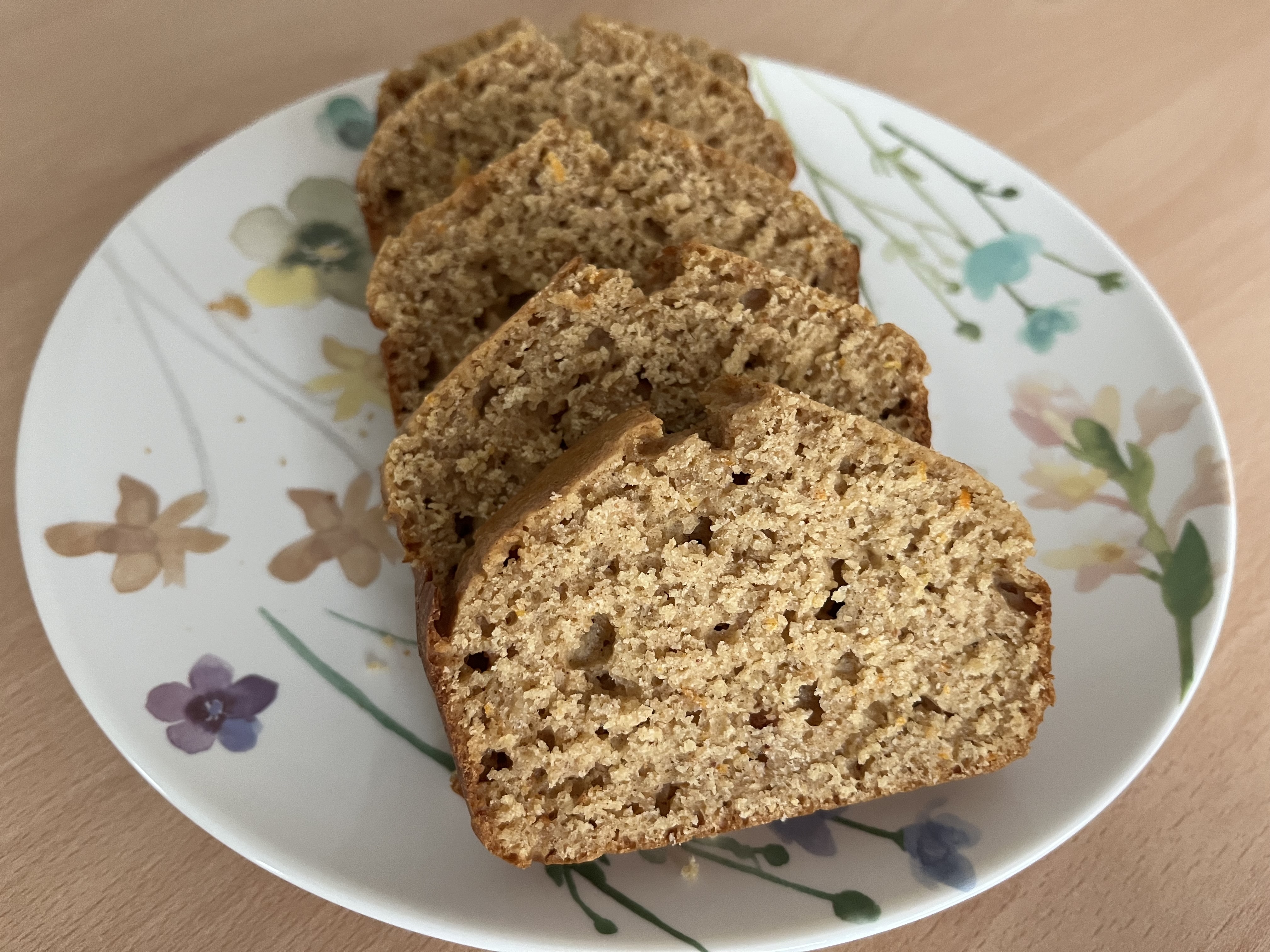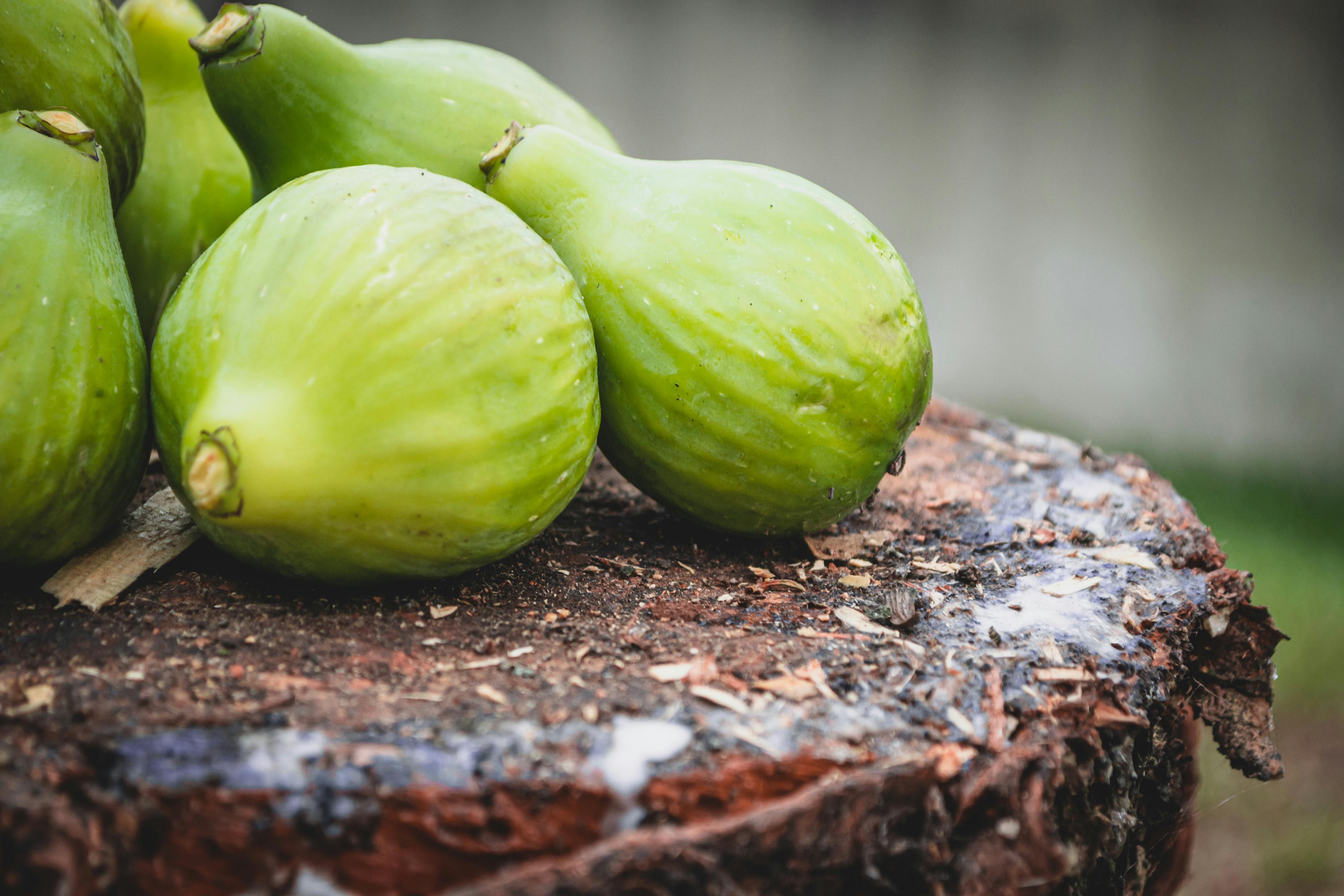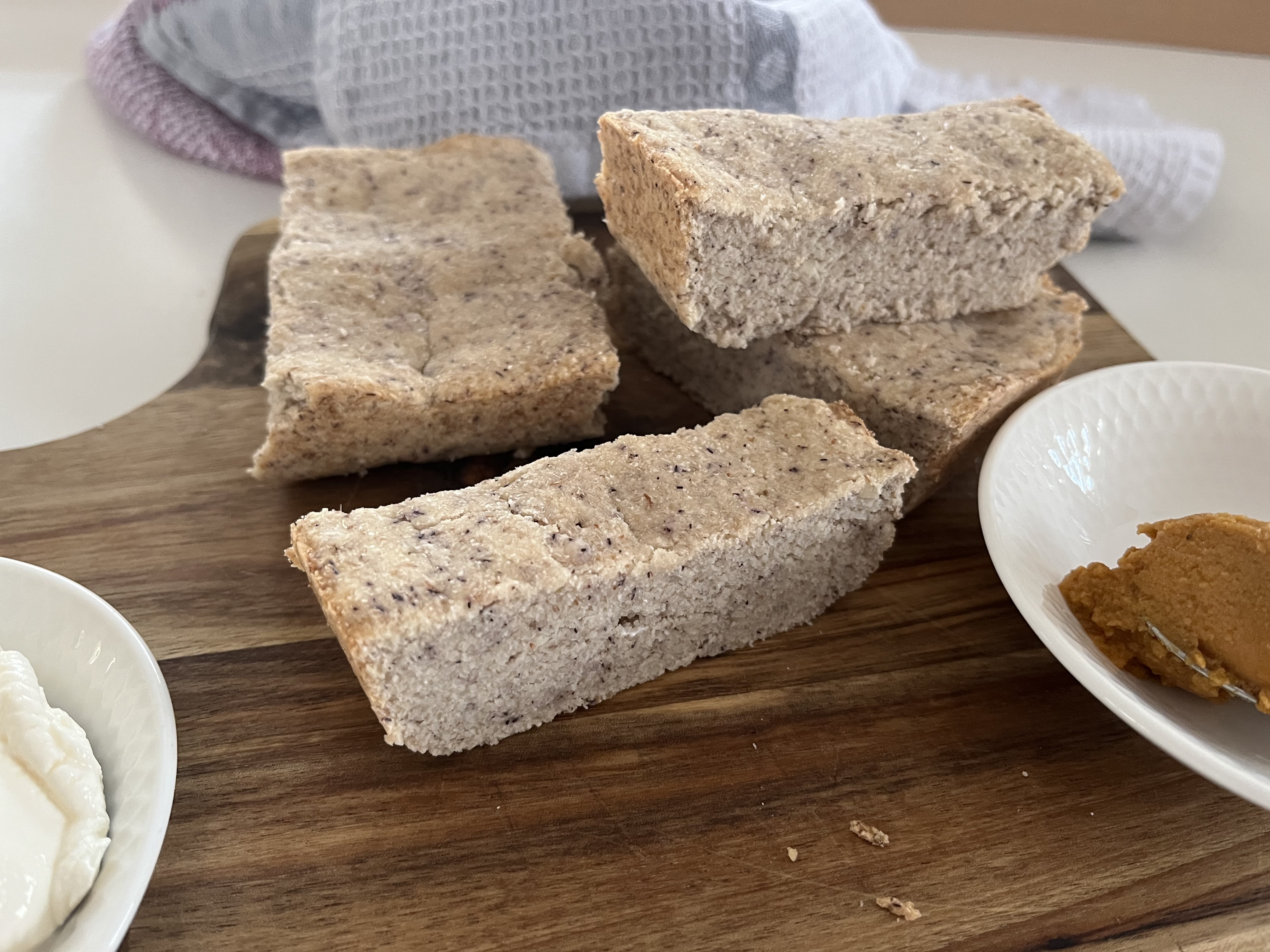 |
Nature’s Dessert Cookbook: Healthy, Delicious & Naturally Sweet Recipes Don’t want or can’t tolerate sugar alcohols and artificial sweeteners? This cookbook is for you! Every dessert is naturally sweetened with whole ingredients rich in fiber and protein, slowing sugar absorption and making them diabetic-friendly. It gathers your favorite recipes from the website—plus brand-new ones—all in one convenient place. Indulge in truly natural treats without compromise! |
 |
Diabetic Baked Goods: Everyday Bakes for Every Meal Diabetic cookbook designed to make healthy baking simple, accessible, and enjoyable. This collection of low-carb, high-fiber, and protein-rich recipes provides a reliable solution for those looking to enjoy diabetic bread and baked goods without blood sugar spikes. Every recipe includes a video tutorial, making it even easier to follow along and bake with confidence! |
 |
What Makes This Cookbook Different?
|
Oat Flour Delights: Elevate Your Desserts with Healthy Indulgence
Oat flour, derived from ground oats, presents numerous advantages for individuals managing diabetes1 and serves as a versatile and healthful ingredient in a wide array of recipes.
My personal experience has demonstrated its efficacy in creating desserts that effectively support diabetes management while simultaneously delighting the entire family.
This guide will explore the multifaceted benefits of oat flour, offer practical baking tips, and share insights from my personal journey incorporating oat flour into our family's diet.
The Nutritional Power of Oat Flour
- One of the most remarkable components of oat flour is beta-glucan, a soluble fiber extensively researched for its ability to lower blood sugar levels. Numerous studies have demonstrated beta-glucan's capacity to enhance insulin sensitivity, making oat flour particularly beneficial for those with diabetes. This positive impact on blood glucose regulation is a key reason I incorporate oat flour into our desserts.
- Beyond beta-glucan, oat flour boasts a low glycemic index (GI). Foods with a low GI cause a slower, more gradual rise in blood sugar, preventing the sharp spikes that are often problematic for individuals with diabetes. This characteristic makes oat flour exceptionally well-suited for creating delicious and diabetic-friendly desserts without the fear of significant post-meal blood sugar fluctuations.
- In addition to its impact on blood sugar, oat flour offers a rich profile of essential nutrients. It is an excellent source of protein, crucial for muscle repair, growth, and the stabilization of blood sugar levels by slowing down the absorption of carbohydrates.
- It also provides substantial amounts of dietary fiber, which aids in digestion, promotes satiety, and contributes to healthy weight management—a critical aspect of overall diabetes management. This abundance of fiber and protein makes oat flour a true nutritional powerhouse.
- Furthermore, oat flour provides various vitamins and minerals that support overall health and well-being.
A Personal Journey: Integrating Oat Flour into Our Family's Desserts

Incorporating oat flour into our desserts has proven to be incredibly beneficial for my diabetic son and our family as a whole. We began our journey with oat flour cookies, discovering not only their delicious taste but also their unexpected ability to help prevent nighttime hypoglycemia. Based on careful observation and monitoring of blood sugar levels, we determined that a moderate amount of these cookies before bedtime effectively helps maintain stable blood glucose levels throughout the night.
This initial success inspired me to explore a wider range of oat flour-based desserts. We've successfully experimented with pancakes, muffins, breads, and cakes, all incorporating oat flour as a primary ingredient. The remarkable versatility of oat flour has allowed us to significantly diversify the types of desserts we prepare, ensuring my son enjoys a varied selection of tasty and healthy treats. This variety has played a crucial role in his overall positive association with healthy eating and diabetes management.
Naturally, careful consideration and thoughtful adjustments to other ingredients in each recipe have been crucial to prevent any unwanted blood sugar spikes. We've learned to balance the carbohydrates from oat flour with proteins and healthy fats to create desserts that are both enjoyable and safe for my son.
Important Considerations: Individual Responses and Practical Baking Tips
It is imperative to remember that individual metabolic responses to various foods, including oat flour, can differ considerably depending on factors such as genetics, overall health, medication, and physical activity levels.
Our positive experiences are anecdotal; each individual should monitor their blood sugar levels after consuming oat flour-based products to ensure its safety and suitability for their specific needs. Consulting with a healthcare professional or registered dietitian is highly recommended to create a personalized plan for safe and effective inclusion of oat flour in a diabetic diet.
Baking with oat flour is typically straightforward. In many recipes, it can be used as a direct substitute for wheat flour but I also often combine it with other types of flour. However, adjustments to liquid amounts might be necessary to compensate for the oat flour's tendency to absorb more moisture than traditional wheat flour, thus impacting the final texture and consistency.

Experimentation and careful observation of the batter's consistency will prove invaluable in this process. This experimentation has been a learning process for me and has allowed me to discover how this flour reacts in different recipes.
Given that oat flour is naturally gluten-free, it presents an excellent option for individuals with gluten sensitivities or celiac disease. This expands its versatility as a suitable ingredient for a wide range of family meals and desserts, further emphasizing its suitability for those with dietary restrictions.
Additional Benefits: Affordability, Sustainability, and Encouragement
Oat flour offers several compelling advantages beyond its nutritional profile. It is widely available at most grocery stores and is typically cost-effective, making it an affordable and nutritious option for families seeking healthy alternatives.
From an environmental perspective, oat flour is also a commendable choice. Oats generally require fewer resources to cultivate compared to other grains, resulting in a more sustainable and eco-conscious food production practice.
If you are new to using oat flour, I wholeheartedly encourage you to give it a try. Begin by combining it with other flours in familiar recipes, gradually increasing the proportion of oat flour as you gain confidence. Over time, you will gain valuable experience in determining the optimal quantities for various desserts and developing a deeper understanding of its properties and capabilities.
The delightful combination of taste, nutritional value, and versatility makes oat flour a truly exceptional ingredient for anyone aiming to create healthier and diabetes-friendly desserts.







